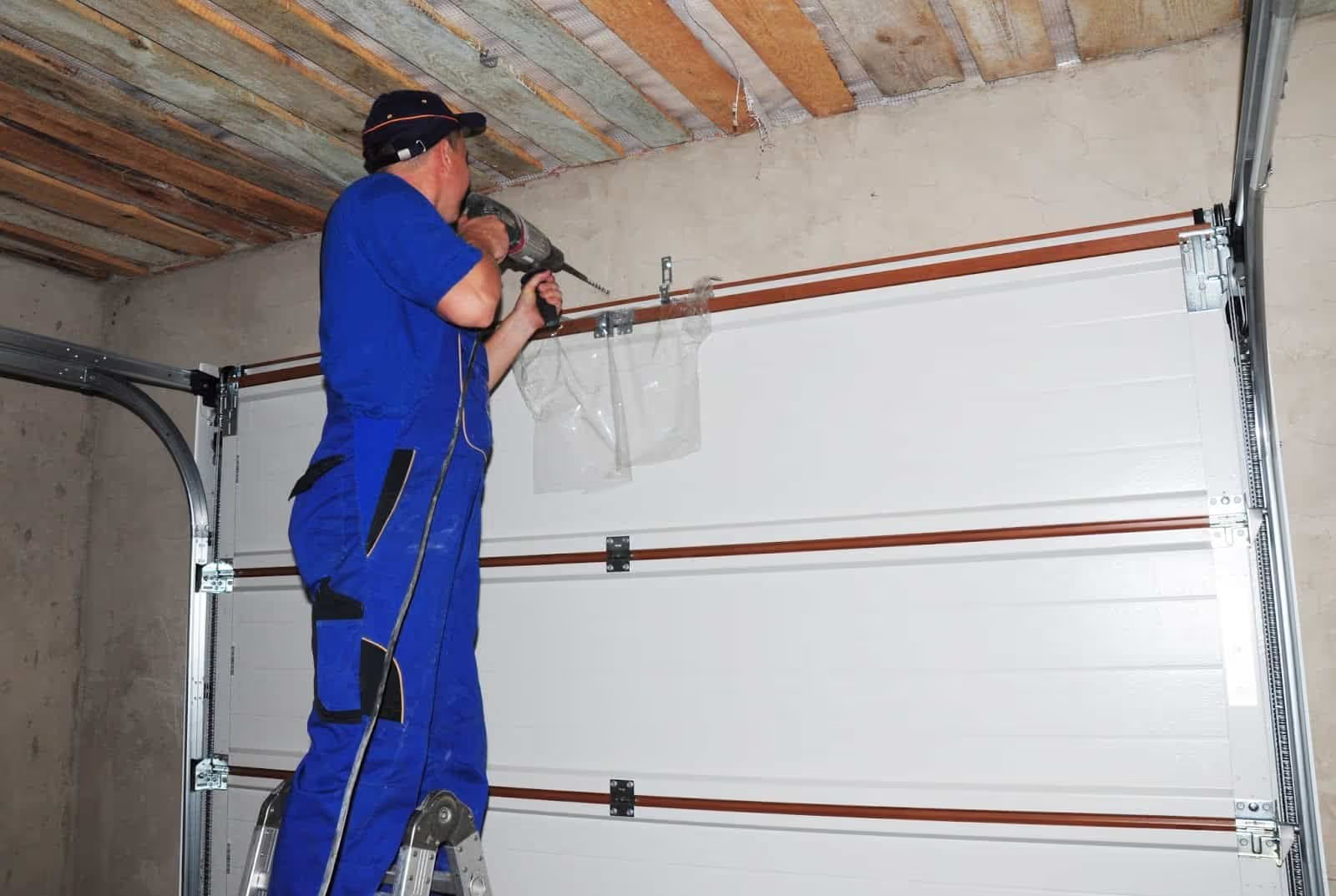When it comes to buying new windows, what matters most to a lot of homeowners besides quality, safety, and aesthetic is energy-efficiency.
So, while researching replacement windows, you’ve probably come across some unfamiliar terms that sound important, but you’re unsure of the meaning. Some of those terms might be the U-value and R-value of windows, which are used to measure heat transfer and heat resistance respectively.
But what else is there to know about the R-value of windows? Why is it a vital factor when buying replacement windows? Discover its importance, alongside other new terms, below.
The Importance of R-Value Windows
What is R-value and why is it important to know about when buying replacement windows?
As mentioned above, R-value is the unit of measure used to describe the thermal resistance of an object. In home design, it tells how well the window will work in insulating your home. The higher the R-value window, the better its insulating properties. Good insulation means the heat will flow slowly from outside to inside the home.
This is important because a high R-value means that your window will have a higher resistance to heat flow, and less thermal transfer will occur.

U-value, on the other hand, is the inverse of R-value. U-value is used to measure how heat is transmitted through the window. A lower U-value indicates a more energy-efficient window, which means it has greater insulating qualities and higher resistance to heat flow.
🪟 In summary, U-value refers to the rate of heat loss through a window, R-value refers to the window’s ability to retain heat.
While shopping for new windows, you might notice that most manufacturers have started developing energy-efficient windows that are labelled with an R-value or a U-value rating. This is to make it easier for the consumer to grasp the concept when selecting between different window materials and designs.
So when looking into window types, choose the ones that have a lower U-value or a higher R-value rating. For example, an R6 window is better than one with an R5 rating because that indicates it has excellent insulating properties. And a window with a U-value of two, for instance, is great for colder months. There’s better insulation and less need to keep your furnace running longer.
Here is a brief overview of the main components you should be looking at, in addition to R and U-values, in order to determine the energy-efficiency rating of a window:
Energy Star Rating
ENERGY STAR is a certification system used within Canada and the United States to easily identify energy-efficient products. But here’s what most people don’t realize, not all Energy Star products offer the same level of energy efficiency. This rating simply means the product has met or exceeded the requirements and standards of the Energy Star certification program.
Also, these standards are not fixed because as technology continues to evolve, so will the standards. So, when considering an item’s Energy Star rating, you need to ensure you’re referring to the latest figures.

Visible Transmittance (VT)
When you see a product’s visible transmittance (VT) rating, it will be indicated as a percentage. What it means is the amount of visible light that can be passed through the window. A lower VT means that less light will be able to enter the home through the window.
You’ll see this more with Low-E glass windows, which contain microscopic coating that makes a window more energy efficient. High-quality Low-E windows will offer a comfortable balance of light, while still controlling the amount of heat that’s gained. It’s perfect for letting the sun spill over the room without the space overheating during the day.
Air Leakage
Air leakage is the amount of air that passes through gaps in a window. These can be measured (in cubic feet), and the figure is what’s referred to as air leakage. A higher rate of air leakage would show that the window is more prone to heat loss or gain, which is not a good sign of an energy-efficient window.
Air leakage can be a result of a poor-quality window or poor installation, particularly around the window frame.
Energy Rating (ER)
This figure will show you the overall energy-efficiency score of R-value windows, as well as its U-value, air leakage, and VT. An energy rating provides consumers a more convenient way to compare products by incorporating all the elements mentioned above into one.
The standards for energy ratings vary according to climate zone. To earn the Energy Star label in Canada, a window must have a minimum energy rating of 25 in zone 1, 29 in zone 2, and 34 in zone 3.

Get Energy-Efficient and High R-Value Windows for Your Home
If you’re in the market for new replacement windows, there’s no harm in getting helpful advice from the professionals when it comes to quality standards.
Clera Windows and Doors has been a family-run company since 1978, and with decades of experience, you can be sure we understand and appreciate the importance of any home renovation project.
Our windows and doors are Canadian-made and designed at our manufacturing facility in Ontario, Canada. We are so confident in our craftsmanship that we include a written, lifetime factory warranty on our products. What this means for you is that you won’t have to buy another pesky replacement part again.
Contact Clera Window and Doors today to book a free consultation—and equip your home with high R-value windows today!








